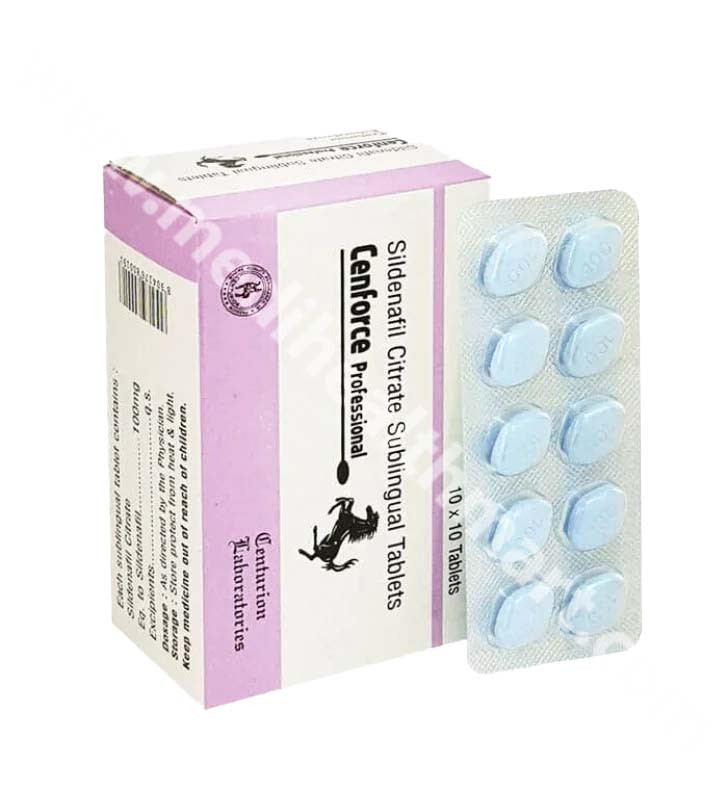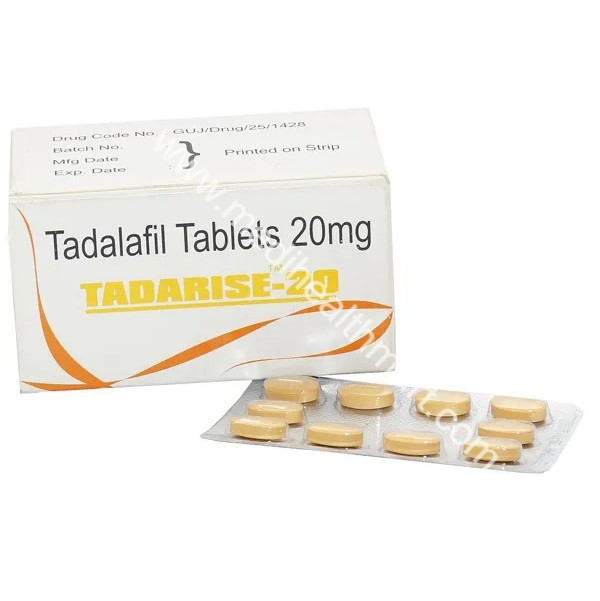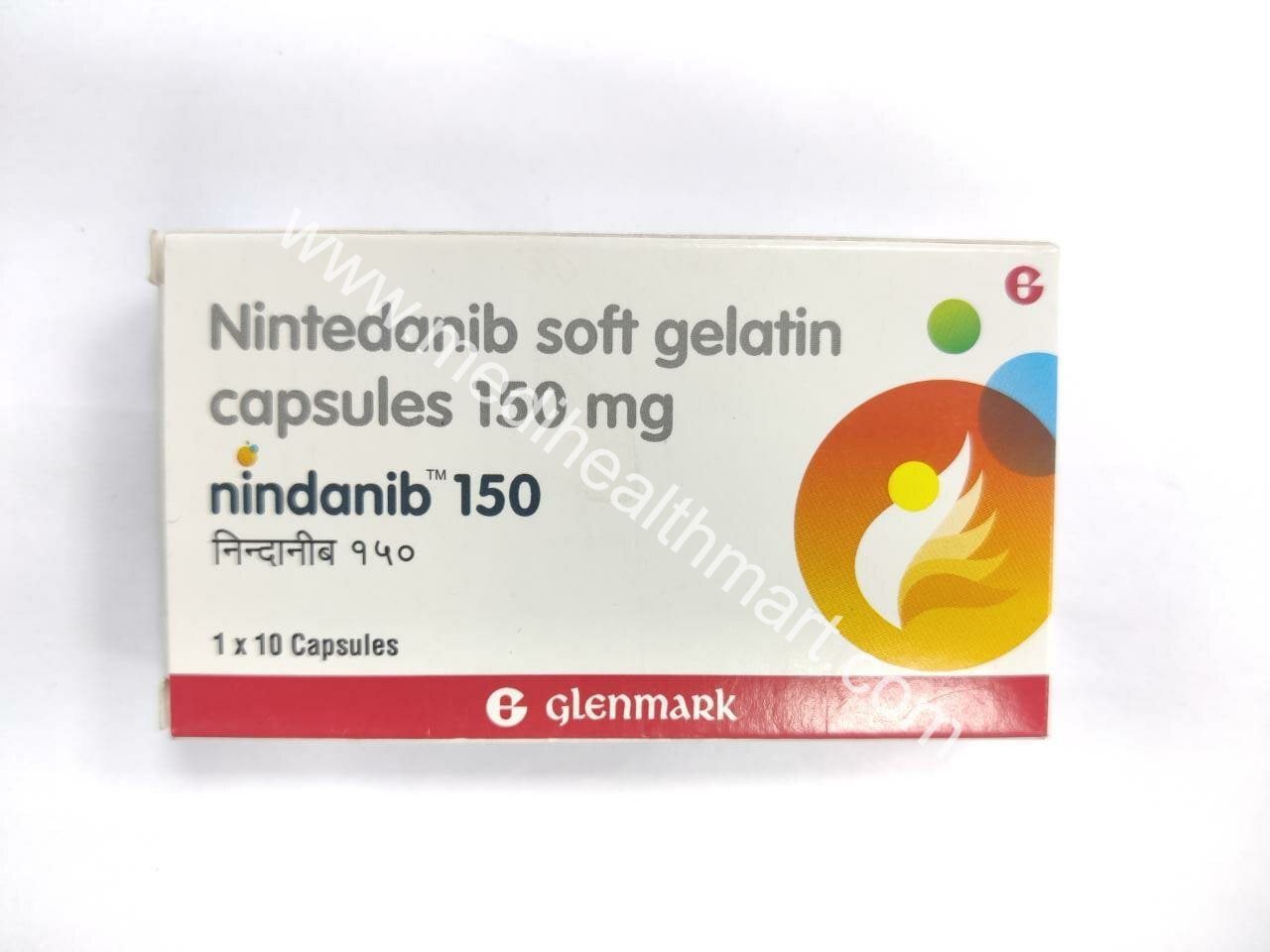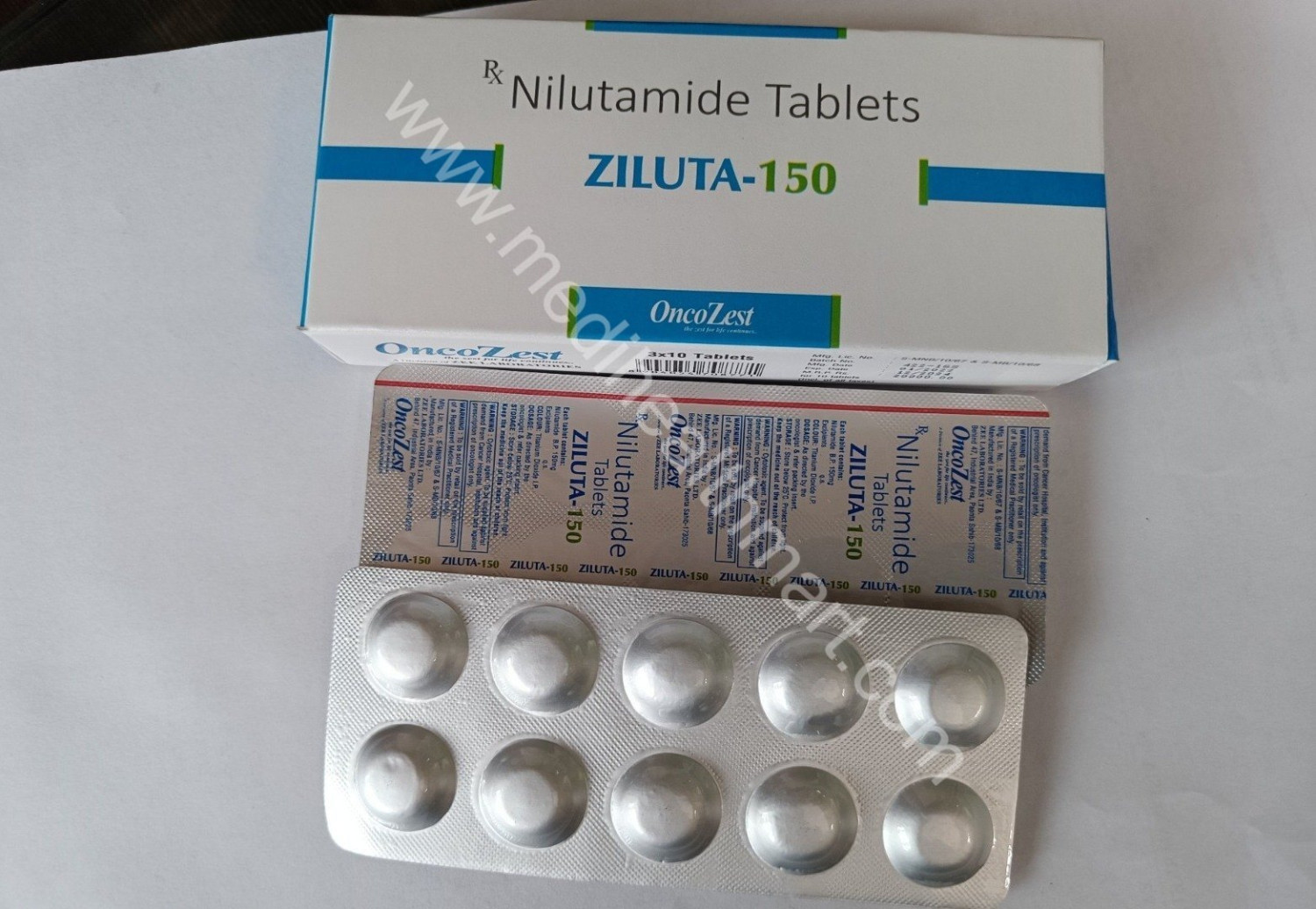

Carbopa-450
Carbopa-450 contains carboplatin 450 mg, a platinum-based chemotherapy agent widely used in the treatment of various cancers, including ovarian cancer, lung cancer, head and neck cancers, bladder cancer, and testicular cancer. It is an essential part of many chemotherapy regimens due to its potent anticancer activity and relatively favorable toxicity profile compared to cisplatin.
Carboplatin works by damaging the DNA of cancer cells, preventing them from dividing and leading to cell death. It is typically administered in a hospital or cancer treatment center under the supervision of an oncologist.
Uses of Carbopa-450
✅ Ovarian Cancer — first-line or second-line chemotherapy treatment
✅ Non-Small Cell and Small Cell Lung Cancer — as part of combination chemotherapy
✅ Head and Neck Cancers — advanced or recurrent cases, often combined with radiation
✅ Bladder Cancer, Testicular Cancer — alternative treatment when cisplatin is not suitable
✅ Other Solid Tumors — as recommended by oncology protocols
Key Benefits
-
Effective against a wide range of cancers: Particularly useful in ovarian and lung cancers.
-
Better tolerability: Less nephrotoxicity and neurotoxicity compared to cisplatin.
-
Combination potential: Works synergistically with other chemotherapy drugs like paclitaxel, etoposide, and gemcitabine.
-
IV administration: Given as an infusion, ensuring precise dosing under hospital supervision.
How Carbopa-450 Works
Carboplatin is a platinum coordination compound that forms crosslinks within and between DNA strands. This DNA damage disrupts the cancer cell’s ability to replicate and repair, ultimately leading to apoptosis (programmed cell death). Unlike cisplatin, carboplatin causes fewer kidney and nerve side effects, making it a preferred choice in certain patient populations.
Dosage & Administration
-
Route: Intravenous infusion, typically over 15–60 minutes depending on the dose.
-
Dosing: Based on body surface area (BSA) or Calvert formula (AUC-based dosing), considering kidney function.
-
Schedule: Administered every 3–4 weeks in cycles, often combined with other chemotherapeutic agents.
-
Monitoring: Kidney function, blood counts (especially platelets and neutrophils), and electrolyte levels must be regularly checked.
-
$69.00 - $99.00
-
$79.00 - $181.00
-
$59.00 - $95.00
-
$45.00 - $121.00
-
$95.00 - $200.00
-
$395.00 - $990.00
Reviews & Ratings
Carbopa-450 contains carboplatin 450 mg, a platinum-based chemotherapy agent widely used in the treatment of various cancers, including ovarian cancer, lung cancer, head and neck cancers, bladder cancer, and testicular cancer. It is an essential part of many chemotherapy regimens due to its potent anticancer activity and relatively favorable toxicity profile compared to cisplatin.
Carboplatin works by damaging the DNA of cancer cells, preventing them from dividing and leading to cell death. It is typically administered in a hospital or cancer treatment center under the supervision of an oncologist.
Uses of Carbopa-450
✅ Ovarian Cancer — first-line or second-line chemotherapy treatment
✅ Non-Small Cell and Small Cell Lung Cancer — as part of combination chemotherapy
✅ Head and Neck Cancers — advanced or recurrent cases, often combined with radiation
✅ Bladder Cancer, Testicular Cancer — alternative treatment when cisplatin is not suitable
✅ Other Solid Tumors — as recommended by oncology protocols
Key Benefits
-
Effective against a wide range of cancers: Particularly useful in ovarian and lung cancers.
-
Better tolerability: Less nephrotoxicity and neurotoxicity compared to cisplatin.
-
Combination potential: Works synergistically with other chemotherapy drugs like paclitaxel, etoposide, and gemcitabine.
-
IV administration: Given as an infusion, ensuring precise dosing under hospital supervision.
How Carbopa-450 Works
Carboplatin is a platinum coordination compound that forms crosslinks within and between DNA strands. This DNA damage disrupts the cancer cell’s ability to replicate and repair, ultimately leading to apoptosis (programmed cell death). Unlike cisplatin, carboplatin causes fewer kidney and nerve side effects, making it a preferred choice in certain patient populations.
Dosage & Administration
-
Route: Intravenous infusion, typically over 15–60 minutes depending on the dose.
-
Dosing: Based on body surface area (BSA) or Calvert formula (AUC-based dosing), considering kidney function.
-
Schedule: Administered every 3–4 weeks in cycles, often combined with other chemotherapeutic agents.
-
Monitoring: Kidney function, blood counts (especially platelets and neutrophils), and electrolyte levels must be regularly checked.
Frequently Brought Products
-
$69.00 - $99.00
-
$79.00 - $181.00
-
$59.00 - $95.00
-
$45.00 - $121.00
-
$95.00 - $200.00
-
$395.00 - $990.00

















